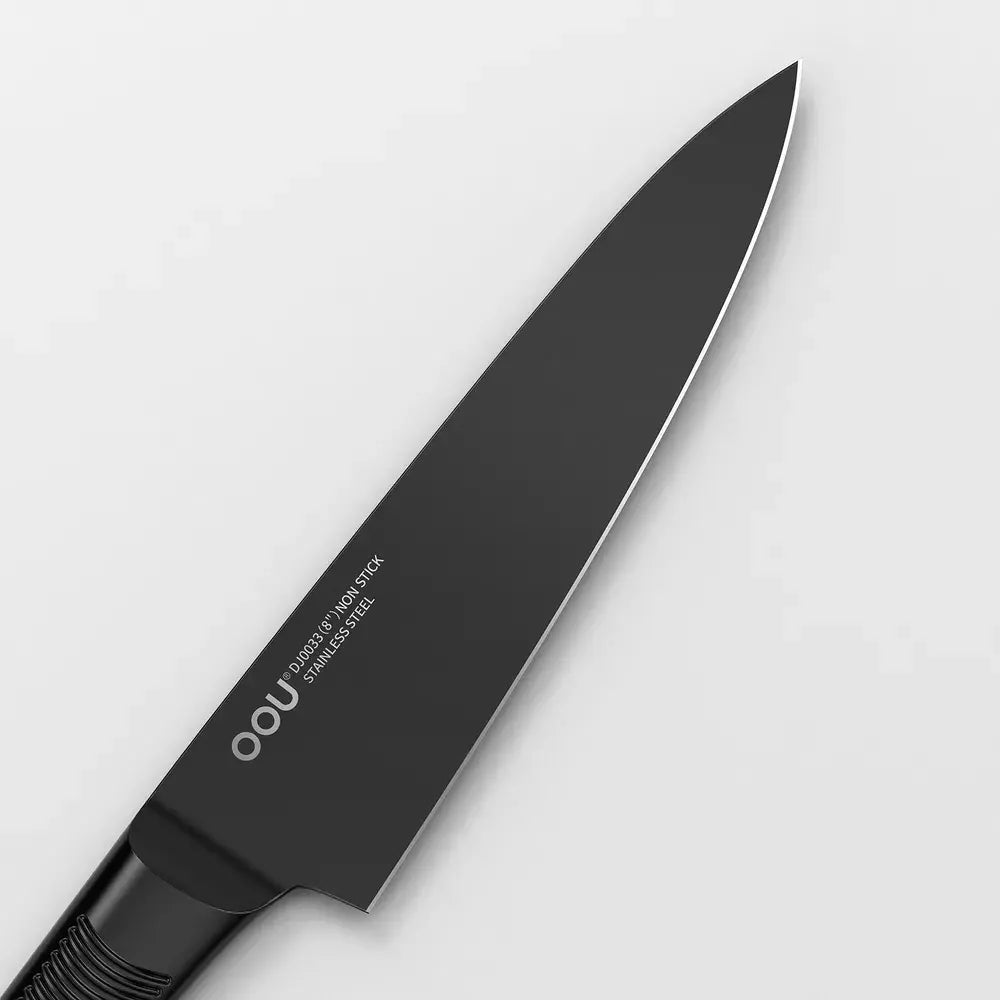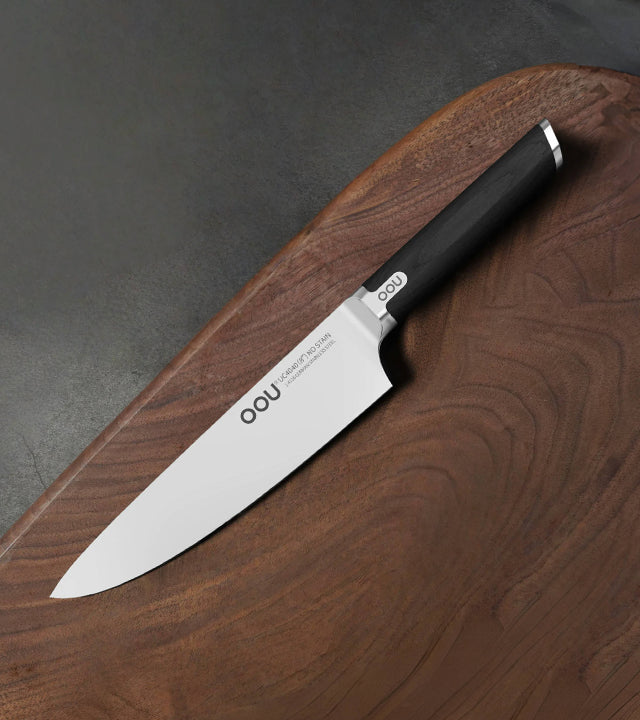Introduction
A high-quality kitchen knife is the foundation of every great dish. Whether you’re an aspiring home cook or a professional chef, having the right knife in your kitchen can significantly impact your efficiency, precision, and overall cooking experience. However, with so many types of knives available, choosing the right one can be overwhelming. In this guide, we’ll break down the essential kitchen knives, their uses, and how to select the best one for your cooking style.
Types of Kitchen Knives and Their Uses
1. Chef’s Knife – The Ultimate All-Purpose Blade
A chef’s knife is the most versatile tool in any kitchen. With a broad blade typically ranging from 6 to 10 inches, it’s perfect for slicing, dicing, chopping, and even mincing. Professional chefs prefer this knife for its rocking motion that allows smooth, effortless cuts. If you invest in only one high-quality knife, make it a chef’s knife.
2. Santoku Knife – The Japanese Powerhouse
Santoku knives originated in Japan and are an excellent alternative to the Western chef’s knife. The word “Santoku” means “three virtues”, referring to its proficiency in slicing, dicing, and mincing. It has a flatter blade and is great for precision cuts. Many Santoku knives also feature Granton edges—small divots along the blade to prevent food from sticking.
3. Paring Knife – The Precision Specialist
A paring knife is much smaller (usually around 3-4 inches) and is used for delicate tasks like peeling fruit, deveining shrimp, or making intricate cuts. It’s essential for tasks requiring detailed handiwork where a larger knife would be cumbersome.
4. Bread Knife – The Serrated Essential
A bread knife has a long, serrated blade designed to cut through crusty bread without crushing it. But its use doesn’t stop there—it’s also great for slicing cakes, tomatoes, and delicate pastries.
5. Boning Knife – The Butcher’s Best Friend
A boning knife is essential for those who frequently work with meat. Its thin, flexible blade allows for precise cutting around bones, making it ideal for deboning chicken, filleting fish, and trimming fat.
How to Choose the Best Kitchen Knife for Your Needs
When selecting a knife, consider the following factors:
-
Material: Opt for high-carbon stainless steel for durability and sharpness.
-
Balance: A well-balanced knife reduces hand fatigue. Hold the knife in your hand to test its weight.
-
Handle: Look for an ergonomic, non-slip grip for comfort and safety.
Expert Insights & Recommendations
According to America’s Test Kitchen, a sharp, well-balanced knife improves efficiency, reduces strain, and enhances safety in the kitchen.



